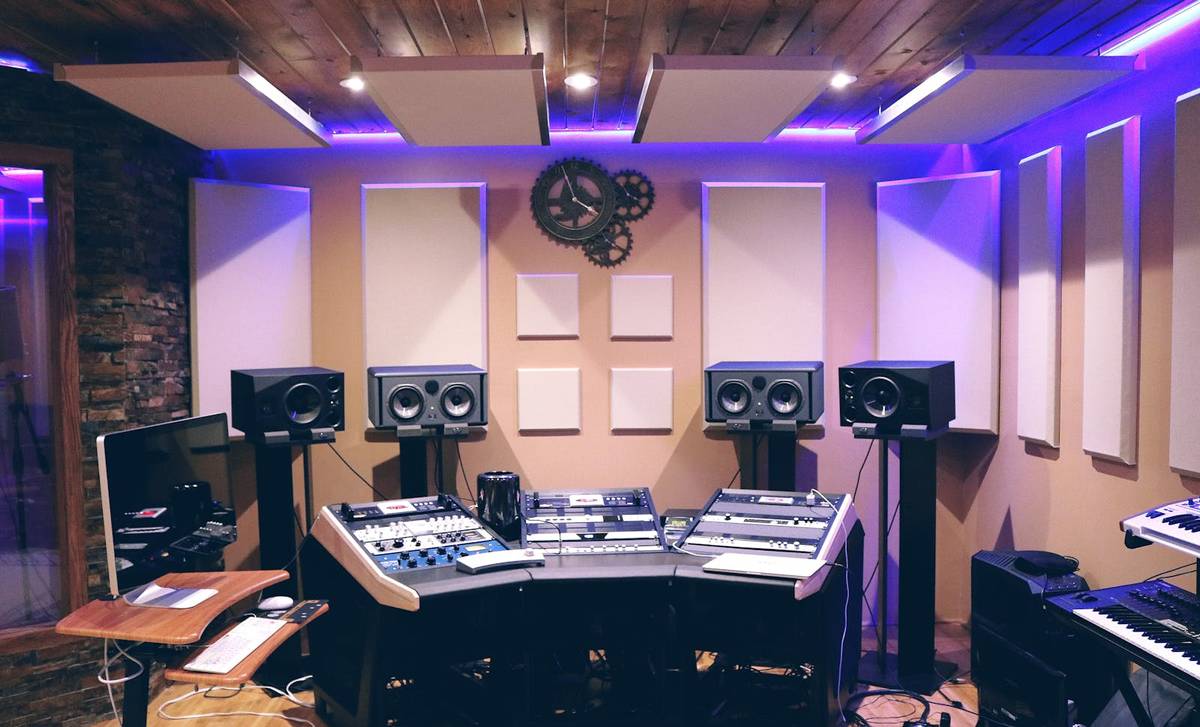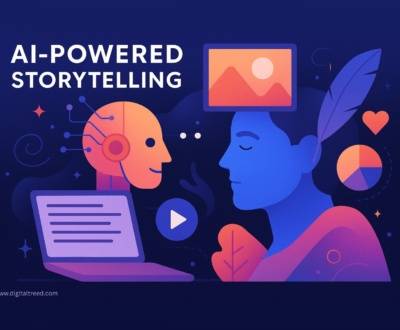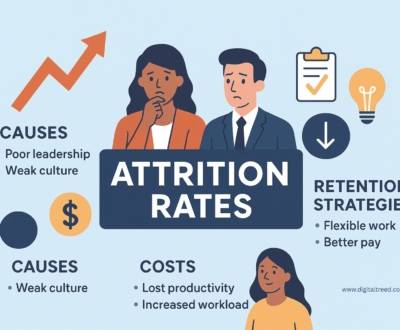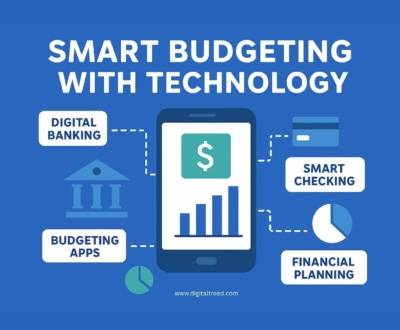In 1963, four young musicians in Liverpool huddled around a Grundig reel-to-reel tape recorder in a bedroom, trying to capture their sound.
The equipment was basic, the space was makeshift, and the sound quality was far from professional - but these limitations didn't stop them.
This modest beginning foreshadowed a revolution in music production that would transform the industry forever.
Today, musicians can produce Grammy-winning albums from their bedrooms, using technology that fits on a laptop.
The journey from that simple tape recorder to modern digital studios tells a fascinating story of innovation, democratization, and creative freedom.
It's a transformation that has dismantled the gates once kept by expensive studios and record labels, fundamentally changing how music is created, produced, and shared with the world.
The evolution of home recording represents one of the most significant democratizations of music creation in history.
This is the story of how bedroom producers became Grammy winners, how laptops replaced recording studios, and how the dream of professional music production became accessible to anyone with creativity and determination.
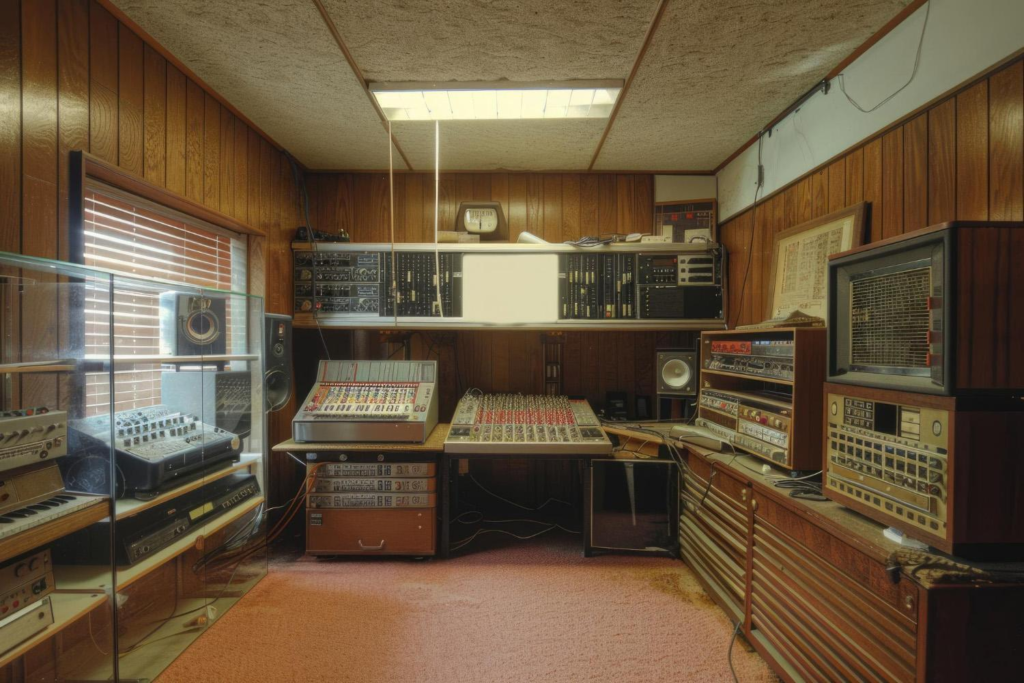
The Birth of the Home Studio (1960s-1970s)
The true breakthrough came in 1979 when Tascam introduced the Portastudio 144, the first four-track cassette recorder designed for home use.
This innovation allowed musicians to record multiple instruments separately and blend them together, a technique previously possible only in professional studios.
Early Home Recording Solutions
- Using egg cartons and blankets for sound treatment
- Converting closets into vocal booths
- Repurposing bathrooms as natural echo chambers
Success Story: Bruce Springsteen recorded "Nebraska" entirely on a four-track cassette recorder, creating a raw, intimate sound impossible to achieve in a professional studio.
The constraints of early home recording equipment forced musicians to think carefully about their arrangements and develop stronger songwriting skills.
The Digital Revolution (1980s-1990s)
The 1980s brought two game-changing innovations: MIDI technology and digital recording.
- MIDI allowed electronic instruments to communicate with each other, enabling musicians to control multiple synthesizers from a single keyboard and program complex arrangements.
- Digital Audio Tape (DAT) recorders brought CD-quality sound to home studios for the first time.
By the early 1990s, software like Pro Tools transformed computers into recording studios, offering capabilities that would have seemed like science fiction just years before.
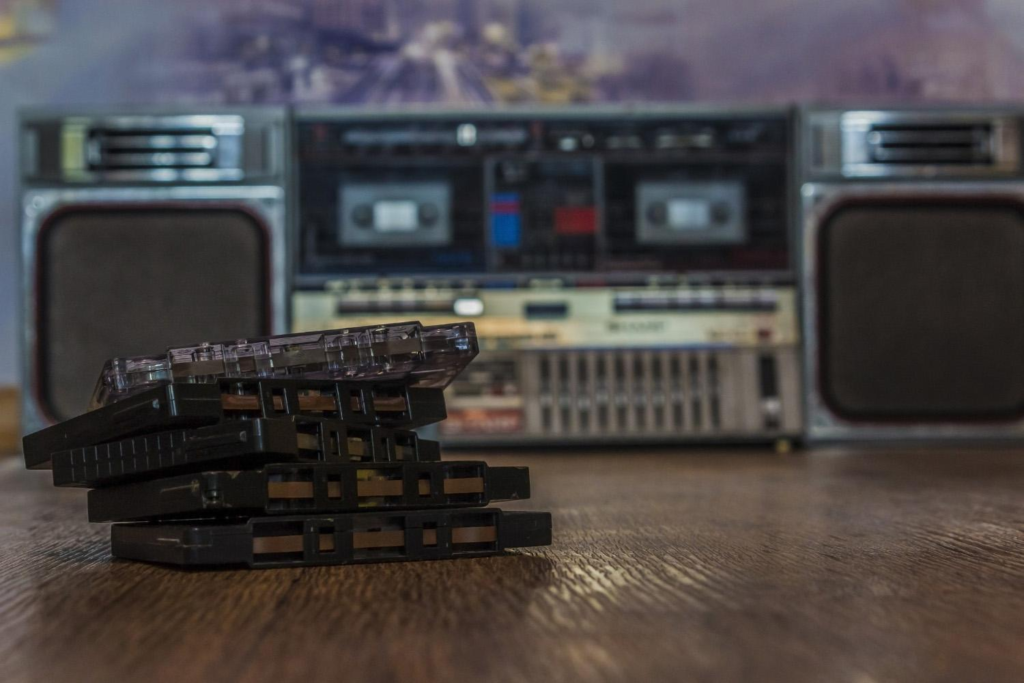
Musicians could now see sound waves on screen, edit with precision, and undo mistakes without re-recording entire takes.
The Yamaha ProMix 01 digital mixer arrived in 1994, bringing professional mixing features into home studios at a fraction of traditional costs.
The Computer Revolution (2000s)
The 2000s marked the true democratization of music production.
Digital Audio Workstations (DAWs) like Pro Tools, Logic, and Ableton Live turned ordinary computers into complete recording studios.
Virtual instruments and plugins eliminated the need for rooms full of expensive hardware – a keyboard controller and laptop could now replicate an entire orchestra.
A basic recording setup in 2000 cost under $1,000, compared to tens of thousands for a professional studio.
This accessibility sparked new genres and production techniques.
Artists like Nine Inch Nails and Imogen Heap released albums recorded entirely on computers, proving that professional results were possible without traditional studios.
Modern Era: The Bedroom Producer (2010s-Present)
Today's home recording technology offers unprecedented power and connectivity.
Three major developments have revolutionized modern music production:
- Cloud Collaboration: Musicians can now work together across continents in real time, sharing projects seamlessly.
- Artificial Intelligence: AI-powered tools help with mixing, mastering, and even musical arrangement, making professional-quality production more accessible.
- Mobile Integration: Sophisticated mobile apps sync with desktop software, allowing musicians to capture and develop ideas anywhere.
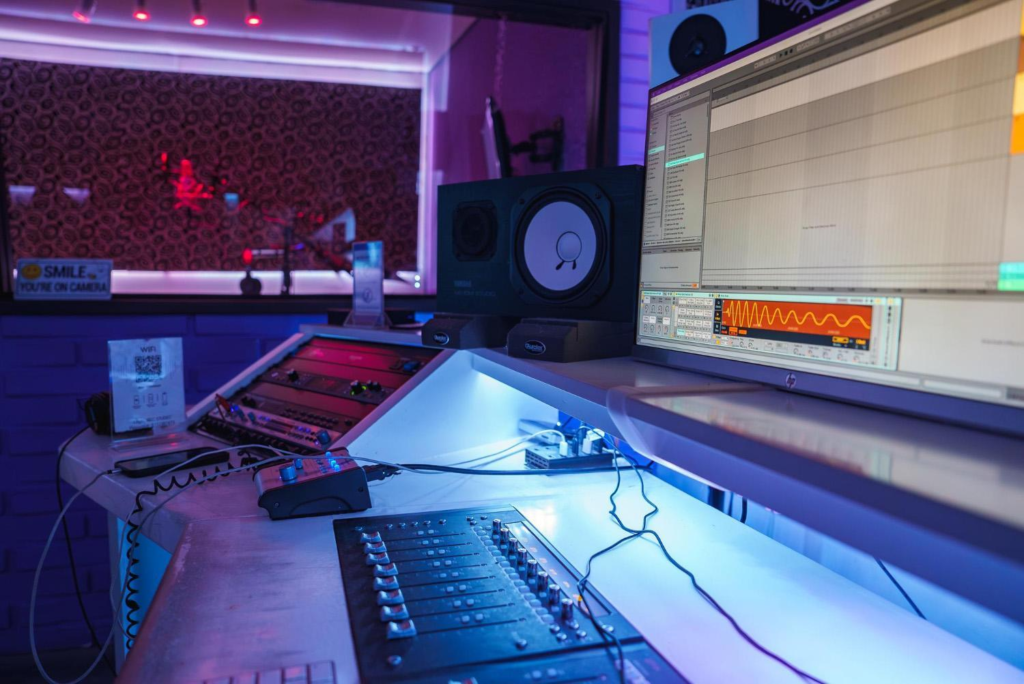
Case Study: The Billie Eilish Effect
Perhaps no success story better illustrates the power of modern home recording than Billie Eilish's multi-Grammy-winning album "When We All Fall Asleep, Where Do We Go?"
Produced by her brother Finneas in his bedroom studio using Logic Pro X, this album proved that commercial success no longer requires expensive studio time.
Finneas's setup was remarkably simple: a pair of studio monitors, a Universal Audio interface, and a MacBook Pro running Logic Pro X.
The siblings recorded vocals in a bedroom, using basic acoustic treatment and careful microphone placement to achieve professional results.
What made their success particularly noteworthy was their recording process – they prioritized capturing authentic performances over technical perfection, often keeping vocal takes recorded during the songwriting process rather than trying to recreate them in more controlled conditions.
Their success sparked a movement among young producers, proving that creative vision and artistic authenticity could matter more than expensive equipment.
Following their breakthrough, major retailers reported significant increases in home recording equipment sales, particularly among teenagers and young adults inspired by their story.
The Future of Home Recording
As we look ahead, emerging technologies promise even more possibilities.
AI is becoming increasingly sophisticated in audio production, with tools like iZotope's Neutron 4 offering intelligent mixing assistance that can analyze and enhance recordings automatically.
Virtual reality platforms are developing music production spaces where producers can collaborate in immersive 3D environments, potentially revolutionizing how we interact with music software.
Industry analysts predict that by 2025, over 75% of recorded music will be produced at least partially in home studios.
This shift is driving innovation in several key areas:
- Machine Learning Integration: New tools can analyze hit songs and suggest arrangement and production techniques
- Spatial Audio Production: Home studios are beginning to incorporate tools for creating immersive audio experiences
- Real-time Remote Collaboration: Enhanced platforms allow musicians to record together with near-zero latency across different locations
Cloud computing continues to make collaboration easier, and the line between professional and home studios grows increasingly blurred.
This democratization has led to an unprecedented explosion of creativity, with Spotify adding approximately 60,000 new tracks daily, mostly from independent artists.
However, this accessibility also presents new challenges:
- Increased competition in a saturated market
- The need to stand out among millions of releases
- Balancing creativity with technical expertise
Looking Forward
The evolution of home recording technology represents more than just technical progress – it's a revolution in how music is created, shared, and experienced.
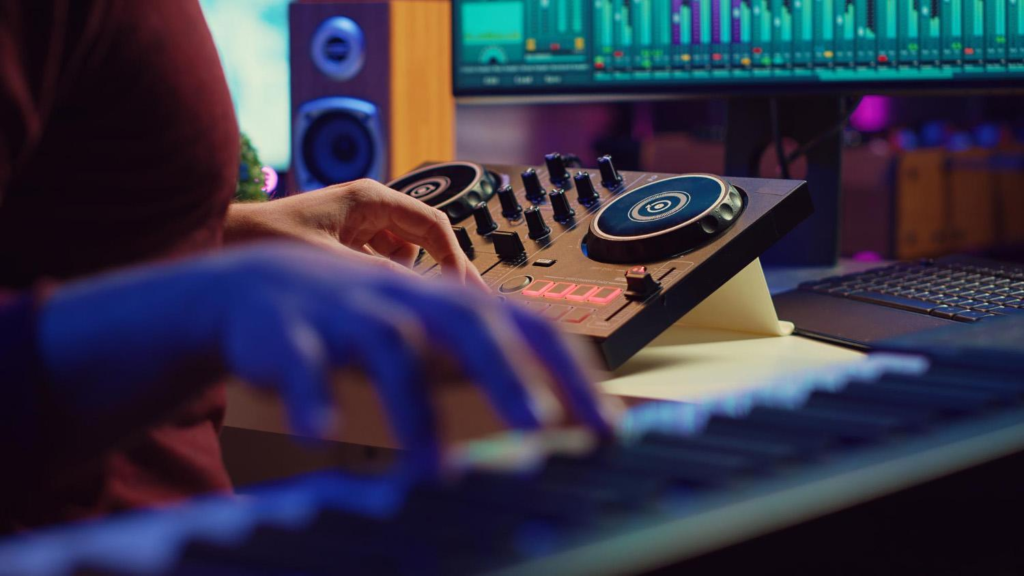
Even music education has been transformed by these technologies.
Sollohub School of Music provides Denver guitar lessons and is now incorporating home recording techniques, preparing students not just to play music, but to produce it professionally from their own homes.
As technology continues to advance, the future of music production lies not in expensive studios, but in bedrooms, basements, and home offices around the world.
The fundamental goal remains unchanged from those early days in Liverpool: capturing and sharing musical ideas.
The difference is that now, anyone with a computer and determination can create professional-quality recordings that reach audiences worldwide.
Aijaz Alam is a highly experienced digital marketing professional with over 10 years in the field. He is recognized as an author, trainer, and consultant, bringing a wealth of expertise to his work. Throughout his career, Aijaz has worked with companies such as Arena Animation and Sportsmatik.com. He previously operated a successful digital marketing website, Whatadigital.com, where he served an impressive roster of Fortune 250 companies. Currently, Aijaz is the proud founder and CEO of Digitaltreed.com.

About us and this blog
We are a digital marketing company with a focus on helping our customers achieve great results across several key areas.
Request a free quote
We offer professional SEO services that help websites increase their organic search score drastically in order to compete for the highest rankings even when it comes to highly competitive keywords.

